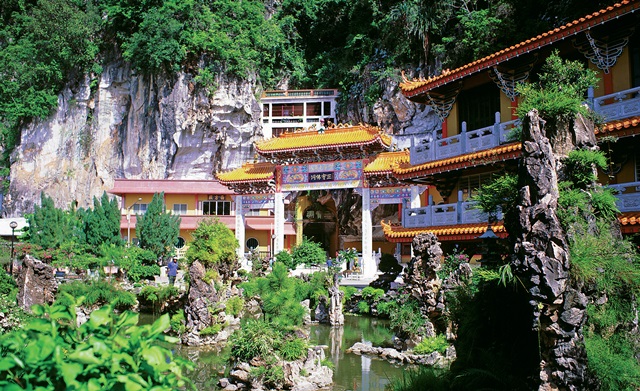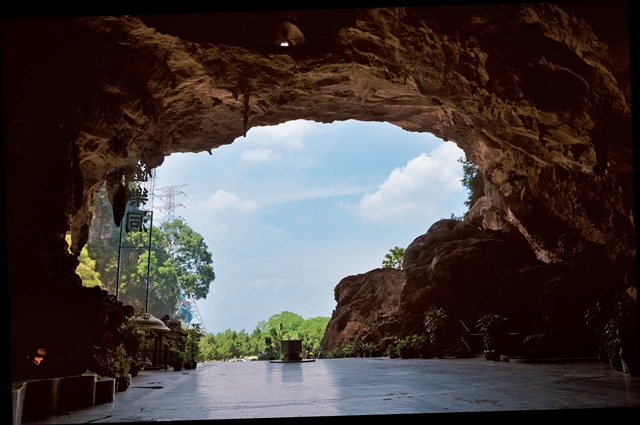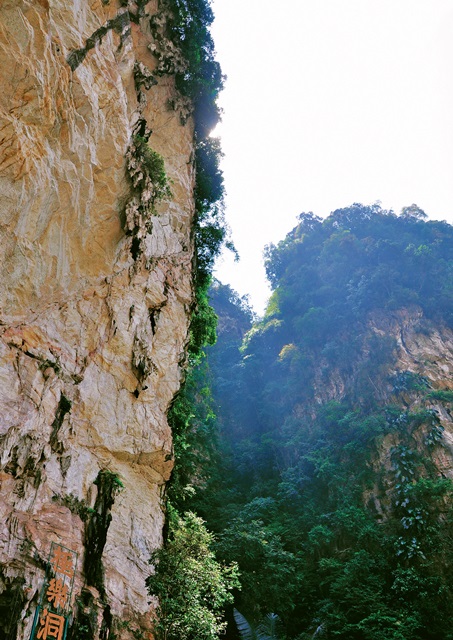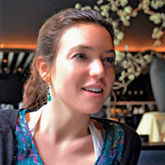
Troubles in tin town? Read about Perak’s tumultuous history that saw invaders coming from all over for a piece of the treasure: tin!
Civilizations may rise and fall, races of people may migrate, age, adapt, develop, but no one, it seems, can resist the allure of something shiny. Perak, which means silver in Malay, is currently enjoying a moment of peace after years of people grabbing at this piece of this land, eyes for nothing but the tin that existed below the ground.
Nowadays, people head to Peninsular Malaysia’s second-largest state for chicken rice, waterfalls, beaches, and history, and the state – once the most prosperous in Malaysia – now relies on the tourist pennies to survive, filling museums with the history of the various invaders and documenting the way in which the state has changed hands over the years.
The Invaders

The earliest signs of life in the area now known as Perak are prehistoric, while around 2,000 years ago it is believed that the legendary Ganggu Negara made the areas of Beruasm, Dinding, and Manjung part of its colonies. Ganggu Negara – which translates as “a city of the Ganges” in Sanskrit – was a sweeping empire that occupied various parts of Southeast Asia around the Mekong Valley and is best known as an empire of Hindu traders, seeking places rich in resources with which to continue their progress.
These early occupiers are long gone, and the area’s middle history sees its falling under the Malaccan Sultanate which, in the 1400s and at the height if its power, had control of most of the peninsula. All this changed, of course, when the Europeans came sniffing around. The Portuguese were first, and when they took Malacca in 1511, the Sultan’s eldest son fled northwards, re-establishing himself and the dynasty close to the Perak river.
The next gang to come on the trail of tin was the Dutch in the 17th century, and they had a remarkable lack of success thanks to the determination of the Perakians to keep them away. The Sultan of Perak refused permission for a Dutch plant, so the Dutch got the Sultan of Aceh to force their hand. Once the plant was built (Kuala Perak), the Perakians attacked it and chased the Dutch away. The determined Dutch tried their luck again, building on Pangkor island this time, but to no avail: another attack destroyed it and the tin dreams were abandoned.
It was around this time that the British arrived in the area but, unusually, they seemed to be rather disinclined to bother Perak. The area was left in the hands of the Sultan, but other people were already on the trail. The state itself was awash with Chinese immigrants lured by the blossoming tin trade, and a group of them teamed up with Malay chiefs and gangsters working in the area to seize control of the mines.
The timing was unfortunate for the royal family – they were undergoing a succession crisis and unable to react, leading the would-be sultan, then Raja Muda Abdullah, to write a letter to the Brits asking for assistance.
Help arrived in the form of Sir Andrew Clarke, who was made Governor of Perak in 1874, but his reign was not to last. The poor man was assassinated by Malay chiefs the following year, sparking the short but fierce Perak War which concluded with the Sultan being shipped off to the Seychelles and a new Brit being placed in power.
Second time lucky: Sir Hugh Low turned out to be just what Perak needed, and his good knowledge of the local lingo and customs helped him warm the people to his cause. He made progress in the flourishing area and is credited with having introduced rubber to Malaysia, thus beginning a lucrative industry that continues to support Perak to this day.
Facts And Figures

Perak is now part of Malaysia, gaining its independence with the rest of the country in 1957, but the years that followed saw its allure, at least financially, diminishing. Perak suffered immeasurably when the tin industry crumbled in the 1980s. The state economy began to decline and a steady stream of people left (and continue to do so) for the opportunities in nearby Penang, Selangor, and Kuala Lumpur.
Today, the state’s main industry is agriculture – rubber, coconut, and palm oil – although it boosts its coffers nicely with tourism, as the state boasts many gems that attract foreigners and locals to spend a weekend or more in Perak.
There is much to see and do in Perak – highlighted in 2012 by the state tourism board when it was Visit Perak Year – and in the following pages you can read a little more about why Perak shouldn’t be overlooked, and why people continue to head there, even when the shiny glimmers don’t tempt the greedy anymore.
Visit www.peraktourism.com.my for more information.
Source: The Expat Magazine February 2014
Read more stories on Perak:
What are your thoughts on this article? Let us know by commenting below.No registration needed.
"ExpatGo welcomes and encourages comments, input, and divergent opinions. However, we kindly request that you use suitable language in your comments, and refrain from any sort of personal attack, hate speech, or disparaging rhetoric. Comments not in line with this are subject to removal from the site. "

















